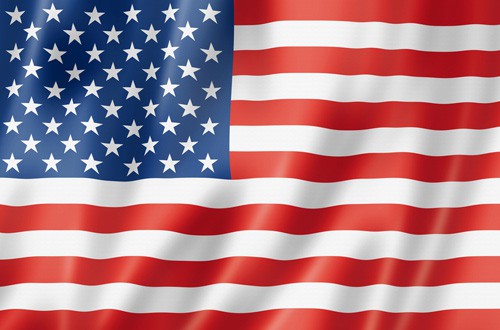
US spending on medicines rose 13% last year – the highest increase since 2001 – with hepatitis C, cancer and diabetes drugs driving the increase.
Price increases and a lower number of big-selling brands losing patent protection in 2014 also played a part in driving the spend up to just under $374bn, as did an influx of people new to health insurance as a consequence of the Affordable Care Act (ACA).
It was notable however that despite the ACA and a 5% reduction in uninsured people, overall demand for healthcare services actually declined in 2014 compared to the prior year with 3% fewer office visits and hospital admissions dropping 1.7%.
The figures – from the IMS Institute for Healthcare Informatics – indicate that the US healthcare system is in a “state of flux”, according to the organisation’s executive director Murray Aitken.
“The past year brought fundamental changes and heightened uncertainty to patients, payers, providers, government and lawmakers,” he said, pointing to the expansion in Medicaid, a shift from commercial insurance to the Health Insurance Exchanges (HIX) and fewer prescriptions among people with employer-based insurance due in part to the impact of rising co-pays and deductibles.
The impact of patent expiries was $11.9bn – down from a peak of $29.3bn in 2012, while prices for branded products rose by 13.5% on an invoice basis, or 5%-7% when taking into account off-invoice discounts and rebates
$11.3bn of the $20bn increase from new drugs was attributed to hepatitis C therapies such as Gilead Sciences‘ Sovaldi (sofosbuvir), with almost ten times as many patients treated for the disease last year compared to 2013.
Moreover, pharma’s push into specialty medicines continued to have an impact, with drugs for indications such as cancer, autoimmune diseases, multiple sclerosis and viral diseases now accounting for 42% of the spend, up from 33% 10 years ago.
Spending on specialty medicines has increased by $54bn in the last five years, contributing 73% of overall medicine spending growth in that period, says the report.
R&D productivity also seems to be recovering with 42 new active substances (NASs) launched last year, of which 25 had new mechanisms or orphan indications.




